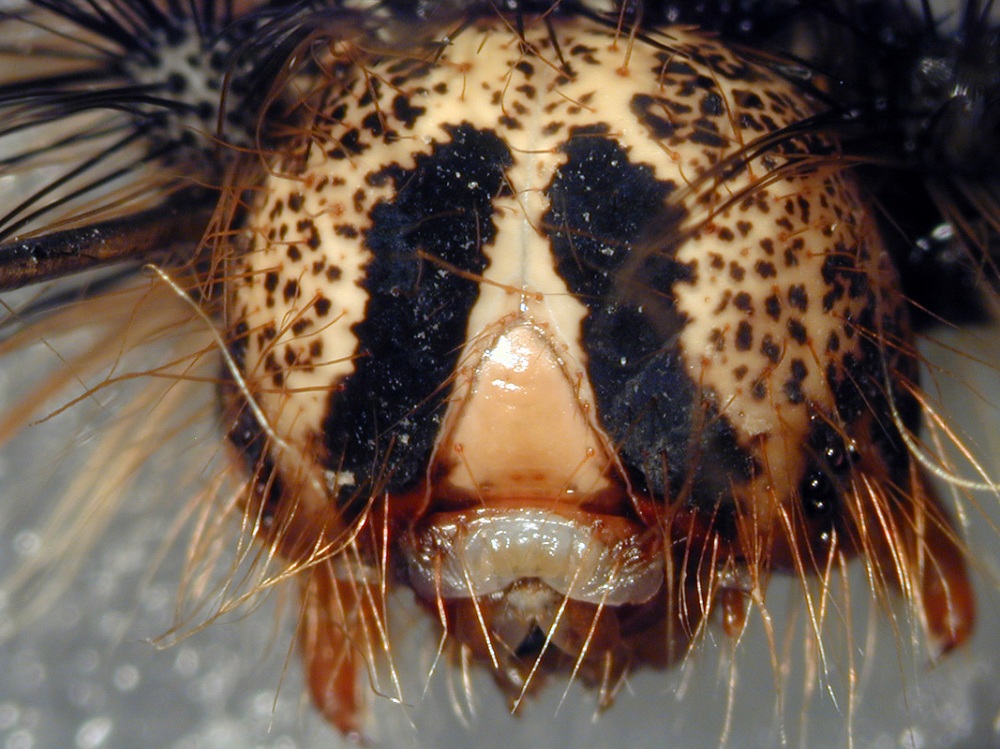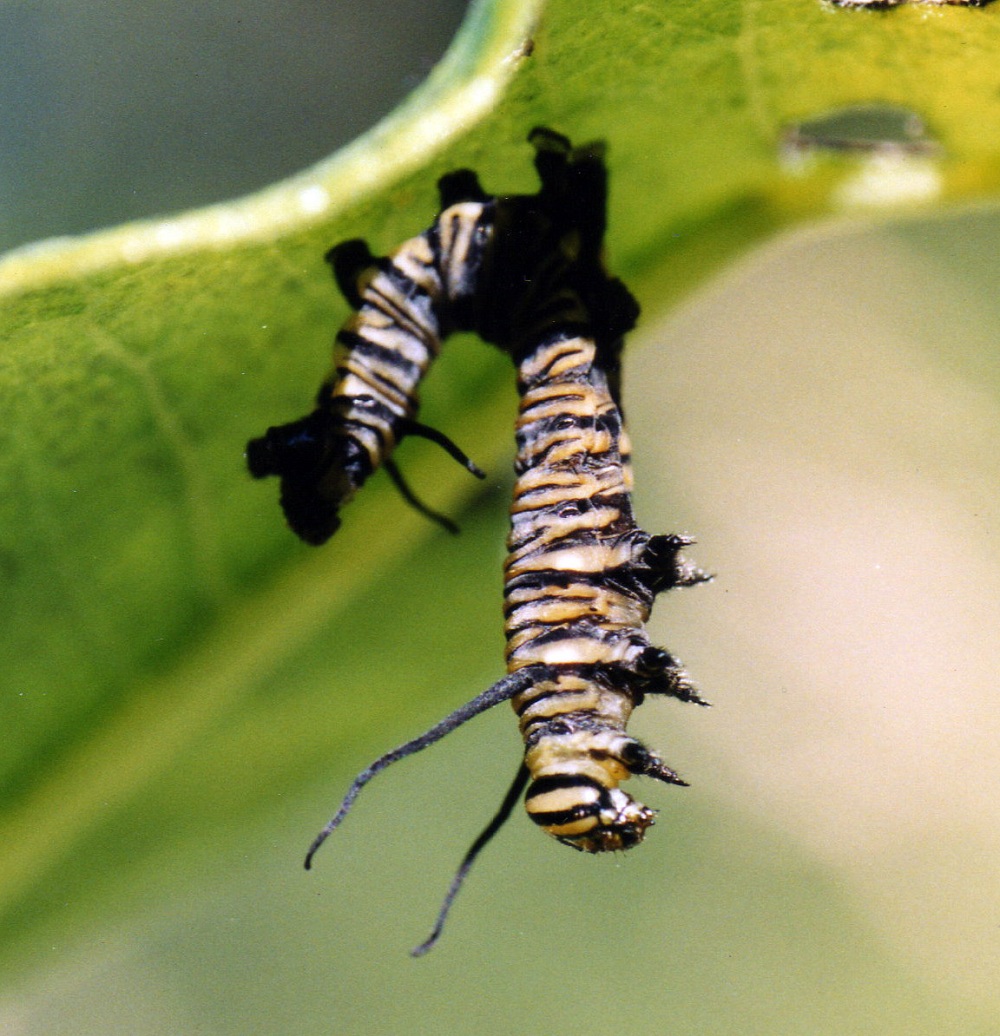Zombie Caterpillars Rain Death From Treetops

A single gene in a caterpillar virus sends its victims running for the treetops, where they die and their bodies liquefy, sending an ooze of virus particles on their brothers and sisters below.
This species of baculovirus infects only gypsy moth caterpillars, essentially turning them into zombies. It stops the caterpillars from molting and sends them up into the tree leaves during the day (a behavior they normally save for the cover of darkness), where they die among the leaves as they wait to molt.
"They die there, and then they melt within hours after they die, and they are dripping virus down onto the leaves below," said study researcher Kelli Hoover, of Pennsylvania State University. "We knew before that this behavior benefits the virus, but we didn't know how it was causing the behavior." [See images of zombie caterpillars]
Strange wanderings
The strange caterpillar behavior was first observed 100 years ago, and was blamed on infection from a virus. Now researchers, led by Hoover, have discovered that a single gene in the virus causes this effect. The gene, named egt, interferes with the caterpillar's molting hormone and seems to play a role in the caterpillar's urge to climb.
They discovered this amazing property by infecting caterpillars with a normal baculovirus and the same virus lacking the egt gene. The caterpillars infected with the virus that didn't have egt died at the bottom of specially made enclosures (tall soda bottles) meant to mimic their natural environments. Those caterpillars infected with the virus containing egt died clinging to the top of the bottles, with little chance of spreading the virus to siblings since that would mean others would have to walk over a puddle of goo to get infected.
Not only does the virus send the caterpillars crawling upward, it also stops them from molting, which is a major help to the virus since molting caterpillars don't eat, don't grow, and therefore produce less virus-containing goo.
Get the world’s most fascinating discoveries delivered straight to your inbox.
Spreading virus
The virus multiplies fiercely in almost every cell of the caterpillar's body. When the caterpillar dies among the leaves, it undergoes a natural liquefaction process in which its exoskeleton disintegrates. Each drop of caterpillar goo contains millions of viruses.
Birds even help disperse the virus; when they scarf a caterpillar snack from the leaves, they bash it on branches to remove some of its hair. Slow-motion video shows this action not only dispenses of hair, but also expels droplets of liquefied caterpillar. The virus can even survive in the gut of the birds, to be rained down like viral bombs from above in their feces.
These zombie caterpillars are just one example where a parasite can control another organism. For instance, fungus-infected zombie ants are lured to their death to spread their parasite, and similarly, a protozoan called toxoplasmosis makes infected mice approach cats, the parasite's ultimate host.
We may not even be safe from such mind control.
"Who knew that a virus could change the behavior of its host?" study author Jim Slavicek, of the U.S. Forest Service, said in a statement. "Maybe this is why we go to work when we have a cold."
A poopy problem
Learning more how the virus interacts with its host could help forestry researchers design better control methods for gypsy moth caterpillars, which can become pests as their populations skyrocket and plummet.
In fact, the forestry service uses these viruses to control outbreaks of gypsy moth caterpillars in areas where pesticides might harm endangered insects.
Hoover has even been affected by out-of-control gypsy moths, which took over a hickory tree in her yard. "I needed a hat because there was so much frass, insect feces, raining down out of the tree," Hoover told LiveScience. "I would sit there and watch them march up and down the trunk."
You can follow LiveScience staff writer Jennifer Welsh on Twitter @microbelover. Follow LiveScience for the latest in science news and discoveries on Twitter @livescience and on Facebook.
Jennifer Welsh is a Connecticut-based science writer and editor and a regular contributor to Live Science. She also has several years of bench work in cancer research and anti-viral drug discovery under her belt. She has previously written for Science News, VerywellHealth, The Scientist, Discover Magazine, WIRED Science, and Business Insider.





